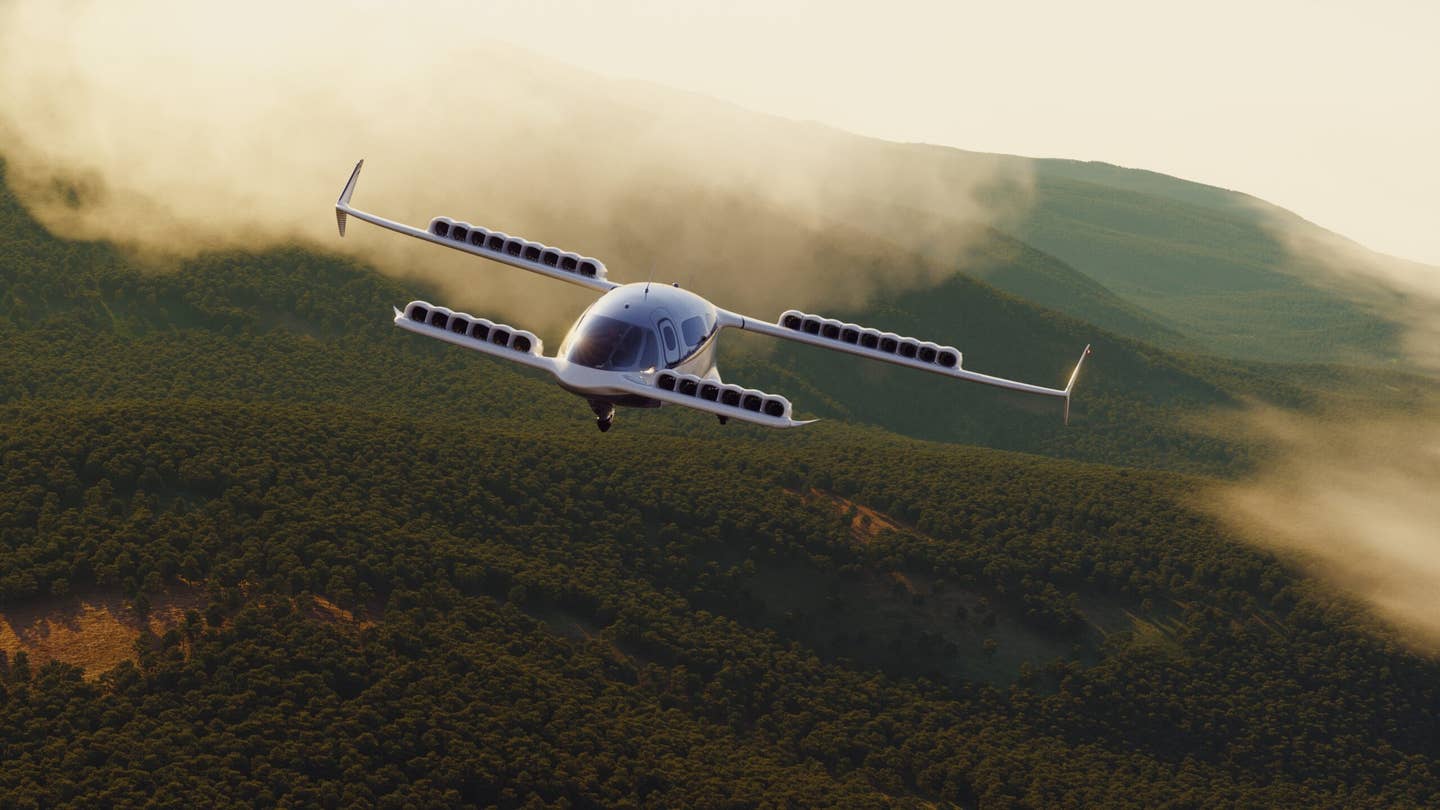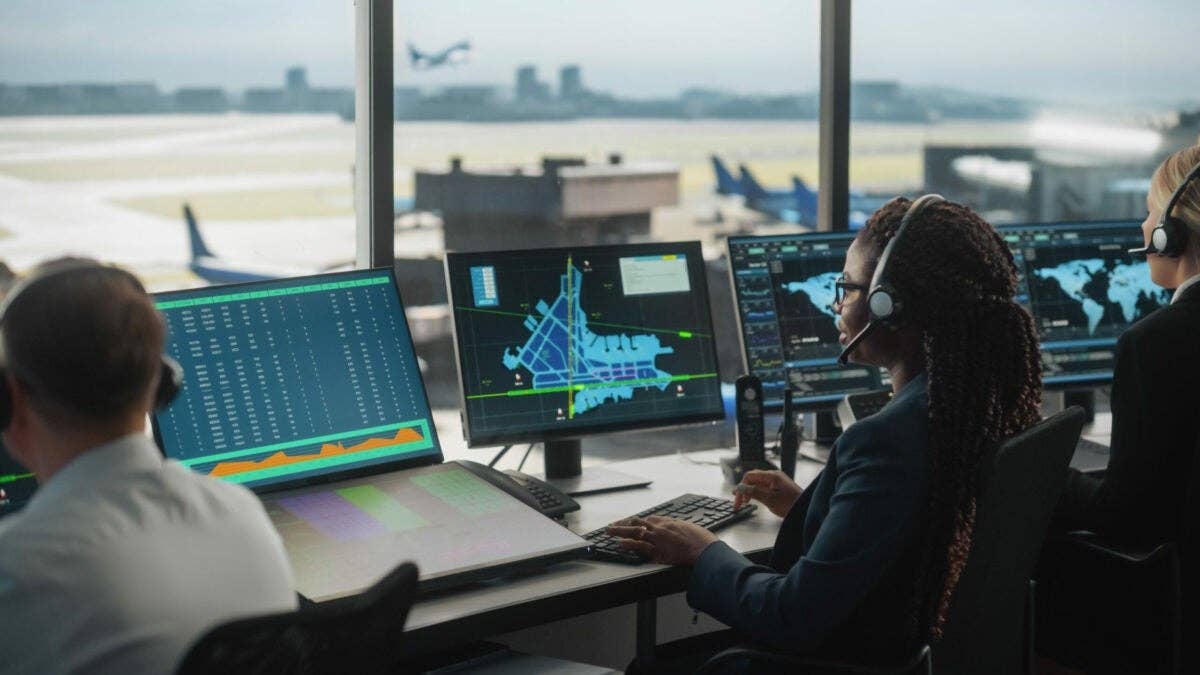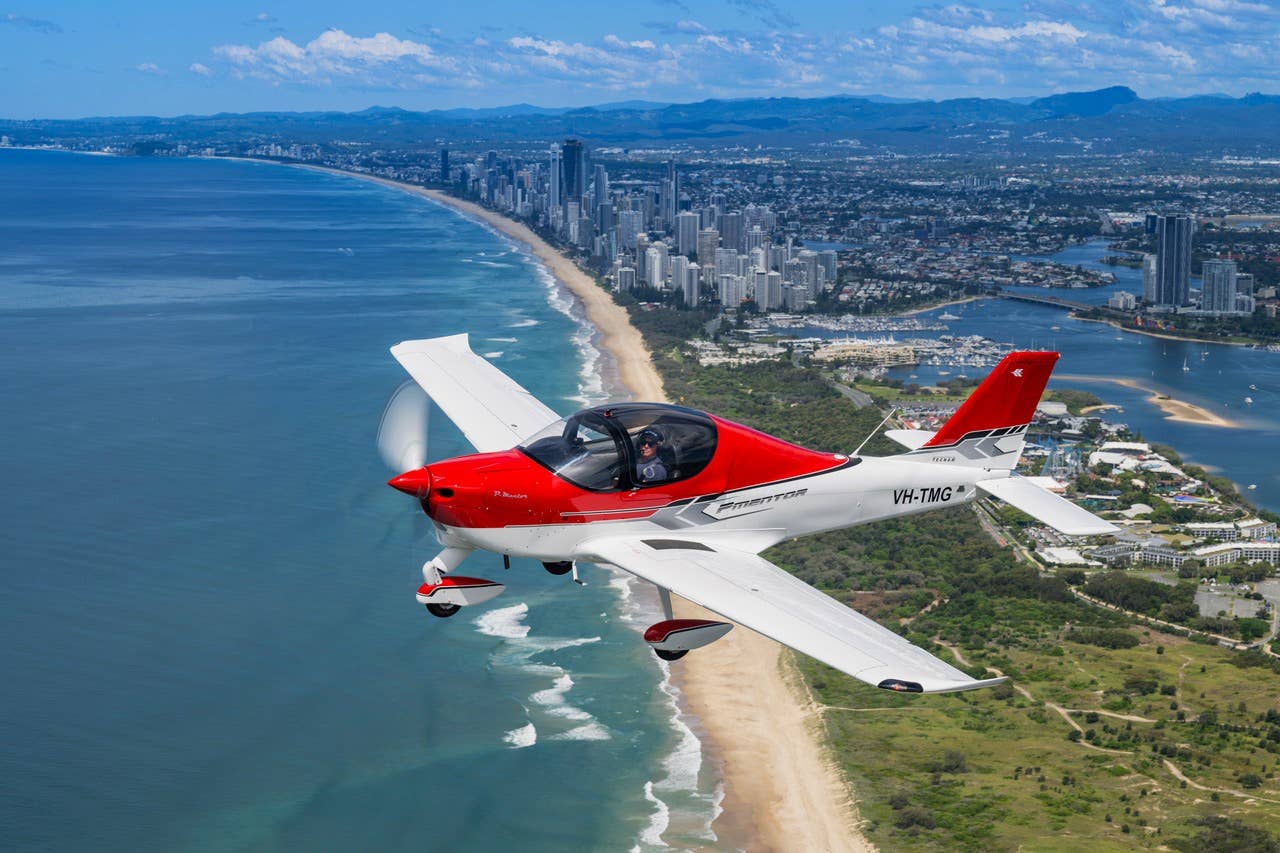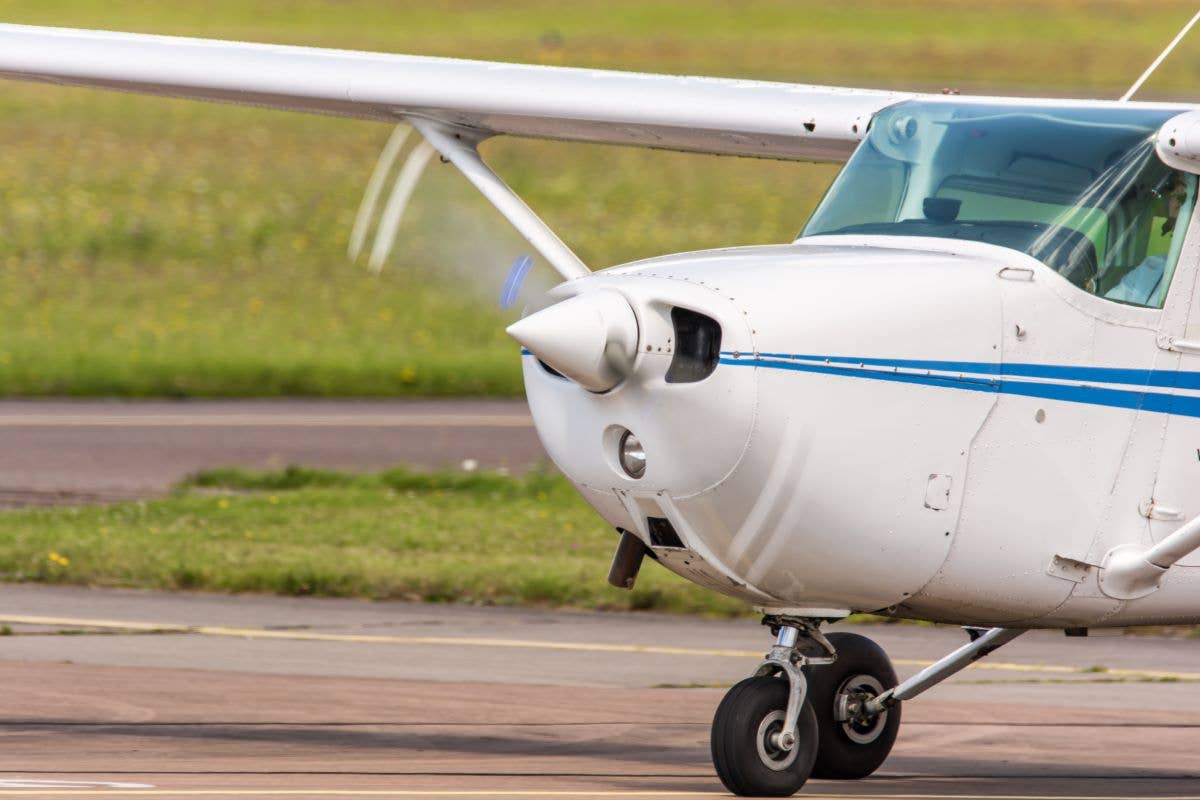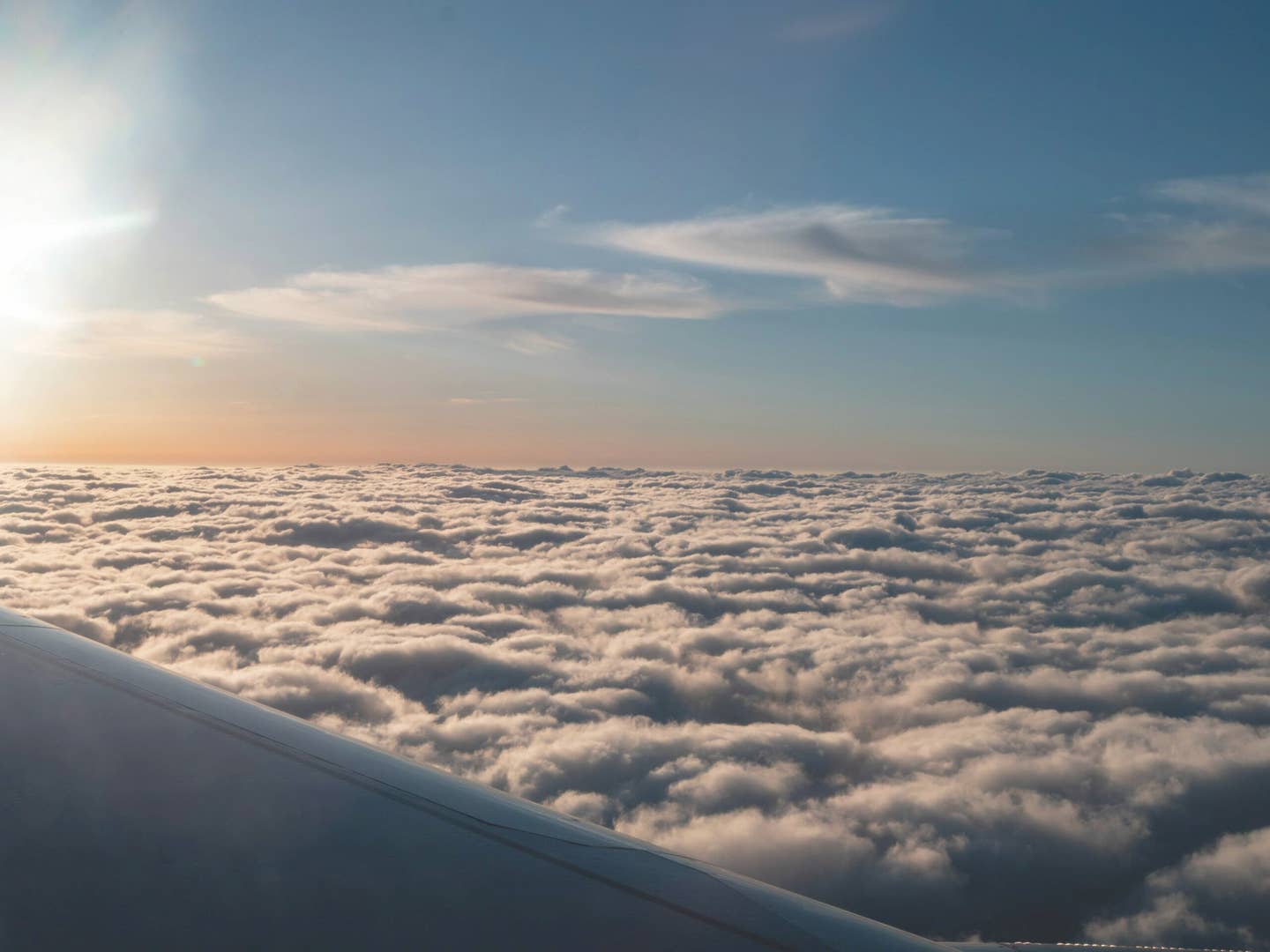
NOAA Uses Improved UAS for Hurricane Analysis NOAA
While manned airplanes have been used to analyze hurricanes there are times when conditions are simply too severe for safe flight. These are perfect opportunities to launch an unmanned aircraft system. The National Oceanic and Atmospheric Administration is using a light UAS called Coyote for the job.
Coyote is launched from a tube attached to a Lockheed Martin P-3 Orion hurricane hunter and controlled remotely from the airplane. Unlike the P-3, the Coyote can linger inside the hurricane and drop down below 2,000 feet, which would be much too risky in the airplane. In this way, weather analysts aboard the P-3 and at NOAA’s National Hurricane Center can gather data from the most severe parts of the storm through the UAS. Prior to the use of Coyote, NOAA would drop sensors out of the airplane to attempt to capture data.
NOAA deployed a Coyote into the eye of Hurricane Edouard in 2014. The Coyote was designed by a company called Sensintel Inc, which Raytheon acquired last year.
Raytheon has recently made improvements to the UAS that will make it more useful for weather analysts. Its sensors have been improved, including the addition of an infrared sensor that measures sea surface temperatures. Also, new communications packages allow Coyote to communicate over longer distances. “[Coyote] can now fly for up to one hour and 50 miles away from the launch aircraft,” said Thomas R. Bussing, vice president of Advanced Missile Systems at Raytheon Missile Systems. During Hurricane Edouard the P-3 had to fly within five to seven miles of the UAS.

Sign-up for newsletters & special offers!
Get the latest FLYING stories & special offers delivered directly to your inbox


